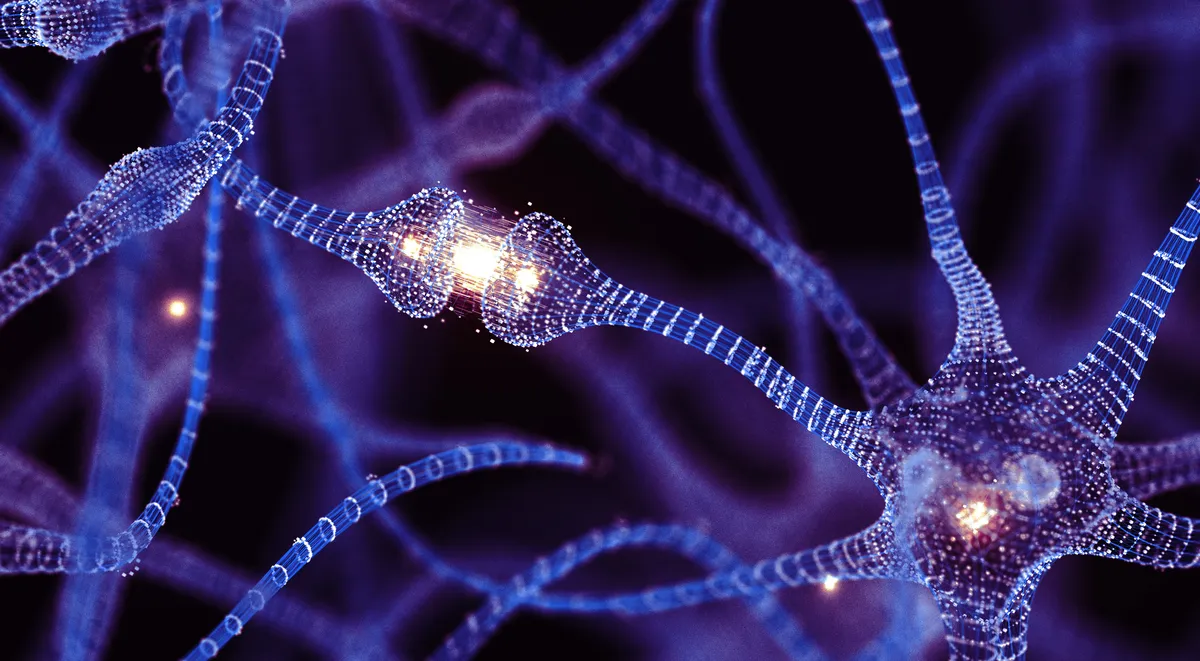
Recent research has unveiled compelling evidence that the human brain continues to generate new neurons well into adulthood, potentially resolving a contentious debate that has persisted for decades. This phenomenon, known as neurogenesis, predominantly occurs in the hippocampus—a crucial brain region involved in learning, memory, and emotional regulation. According to Marta Paterlini, co-lead author of the study and researcher at the Karolinska Institute in Stockholm, this work fundamentally shifts our understanding of adult brain capabilities. In an email to Live Science, she stated, “Our work puts to rest the long-standing debate about whether adult human brains can grow new neurons.”
Experts in the field concur that this research provides robust support for the concept of adult neurogenesis. Dr. Rajiv Ratan, CEO of the Burke Neurological Institute at Weill Cornell Medicine, remarked that while a single study cannot serve as definitive proof, it represents strong evidence that stem cells and precursors for new neurons are indeed present and proliferating in the adult human brain. “This is a perfect example of great science teeing up the ball for the clinical neuroscience community,” he added.
The researchers utilized cutting-edge technologies, including single-nucleus RNA sequencing and machine learning, to analyze brain tissue samples sourced from international biobanks. Their findings were published on July 3 in the journal Science. RNA sequencing allows researchers to observe which genes are active within cells, while machine learning facilitates the analysis of extensive datasets.
Since the 1960s, studies have shown that various animals, including mice, rats, and some nonhuman primates, can produce new brain cells in the dentate gyrus of the hippocampus throughout their lives. However, obtaining high-quality brain tissue samples from adult humans has posed significant challenges. Human tissues are typically derived from autopsies or surgeries, which can complicate how samples are preserved and analyzed, often obscuring newly formed cells, according to Paterlini.
Employing innovative methods enabled the research team to navigate these obstacles effectively. They examined over 400,000 individual nuclei from hippocampal cells of 24 individuals, supplemented by additional analyses of 10 other brains. The subjects ranged in age from infancy to 78 years, including six children and four teenagers. By utilizing advanced imaging techniques, the researchers successfully mapped the locations of new cells within the brain tissue.
The findings revealed clusters of dividing precursor cells adjacent to fully formed neurons, mirroring observations from animal studies regarding the residence of adult stem cells. “We didn’t just see these dividing precursor cells in babies and young kids—we also found them in teenagers and adults,” Paterlini noted. These precursor cells include stem cells capable of self-renewal and differentiation into various brain cell types.
The advanced technologies employed in this research allowed the scientists to identify new brain cells in various developmental stages, conducting analyses that would have been challenging just a few years ago. The team also utilized fluorescent tagging to identify proliferating cells, leading to the development of a machine learning algorithm designed to pinpoint cells likely to mature into neurogenic stem cells, based on previous rodent studies. Dr. Ratan praised this method as a clever solution to the complexities of studying brain cell formation in adults and adolescents.
As anticipated, the research found that children exhibited a higher rate of new brain cell production compared to adolescents and adults. Among the adult brains analyzed, nine out of 14 displayed signs of neurogenesis with one technique, while all 10 adult brains examined using another method showed evidence of new cells. Paterlini cautioned, however, that it remains premature to draw conclusions about the discrepancies in neurogenesis among adult brains.
Future research may focus on whether adults generating new brain cells do so in response to neurological conditions like Alzheimer’s disease, or if neurogenesis signifies optimal brain health. Dr. W. Taylor Kimberly, chief of neurocritical care at Massachusetts General Brigham, emphasized the significance of understanding these newly identified cells. “Once you detect them and learn about their regulation, scientists can investigate how to track the precursor cells over time and how their presence relates to disease,” he said.
He envisions potential comparisons between patients with dementia and those classified as “super agers,” who display cognitive resilience in later life. Uncovering the relationship between neurogenesis and neurological diseases could pave the way for innovative treatments. While precise therapeutic strategies are still under investigation, Paterlini concluded, “The very fact that our adult brains can sprout new neurons transforms how we think about lifelong learning, recovery from injury, and the untapped potential of neural plasticity.”